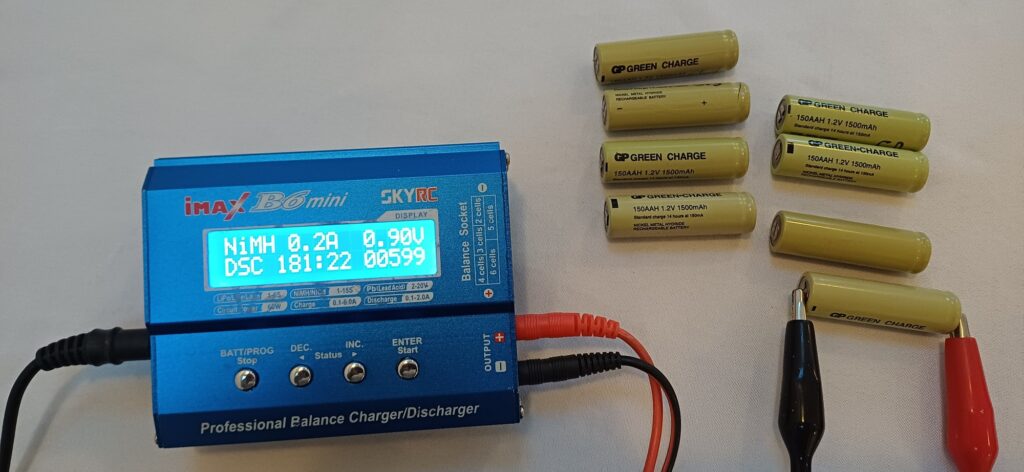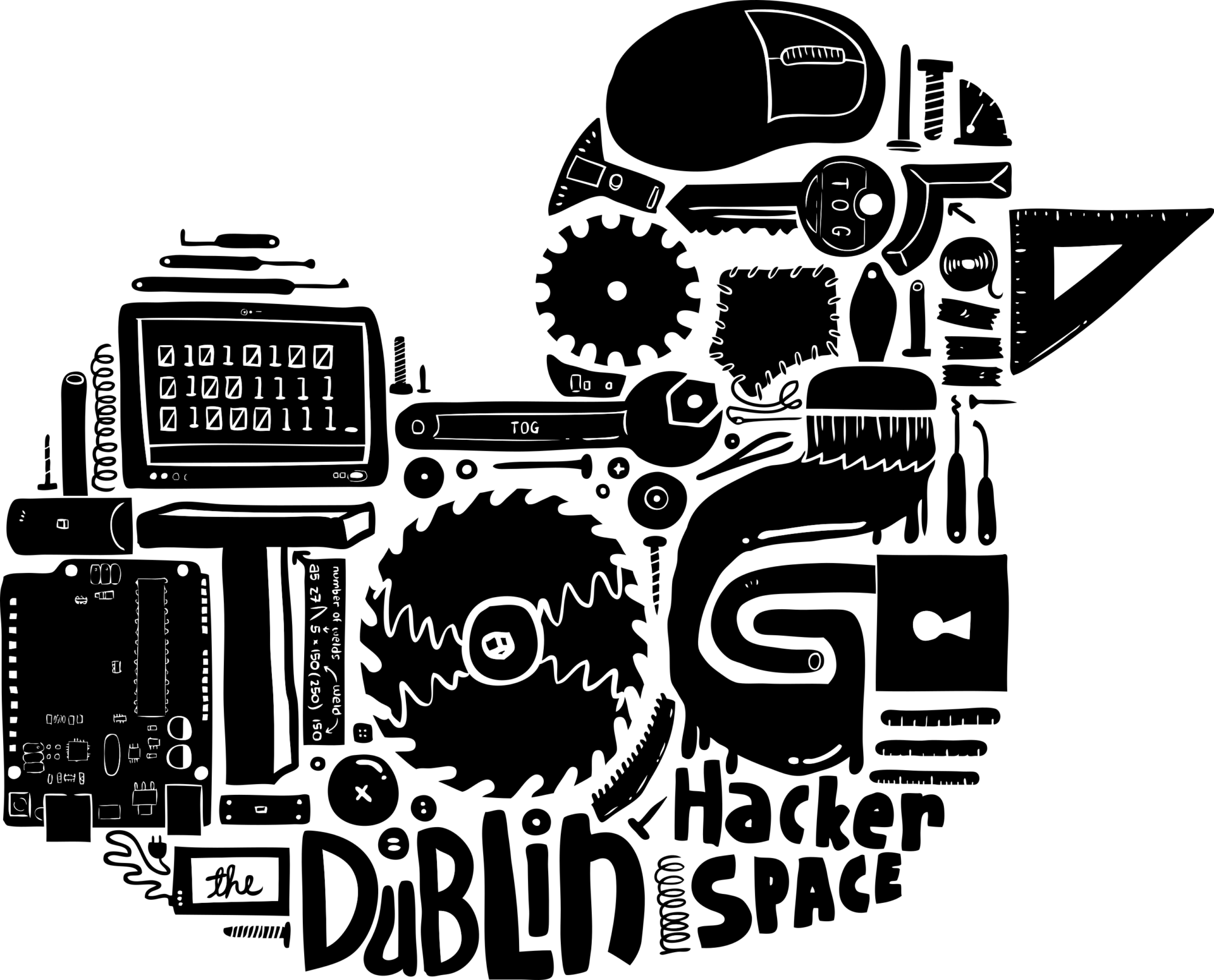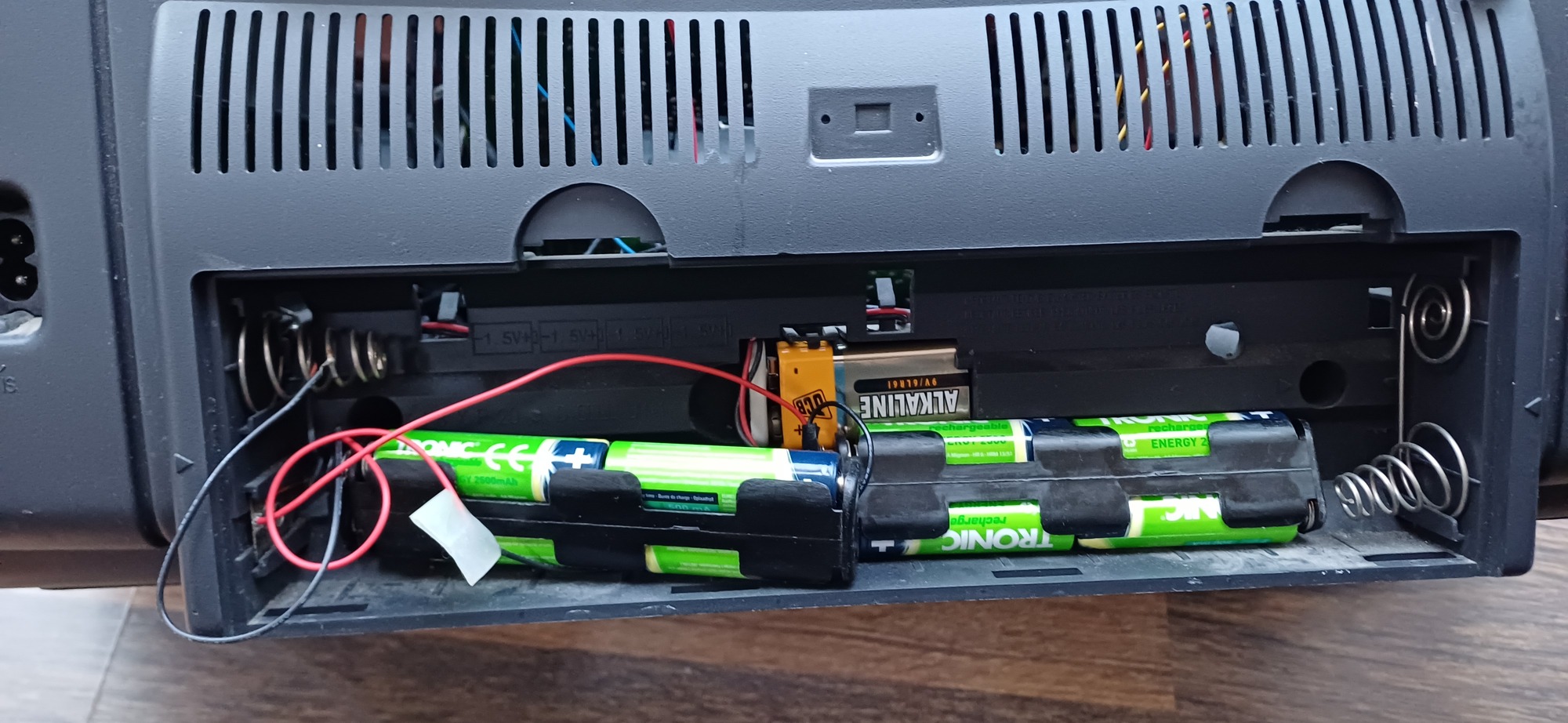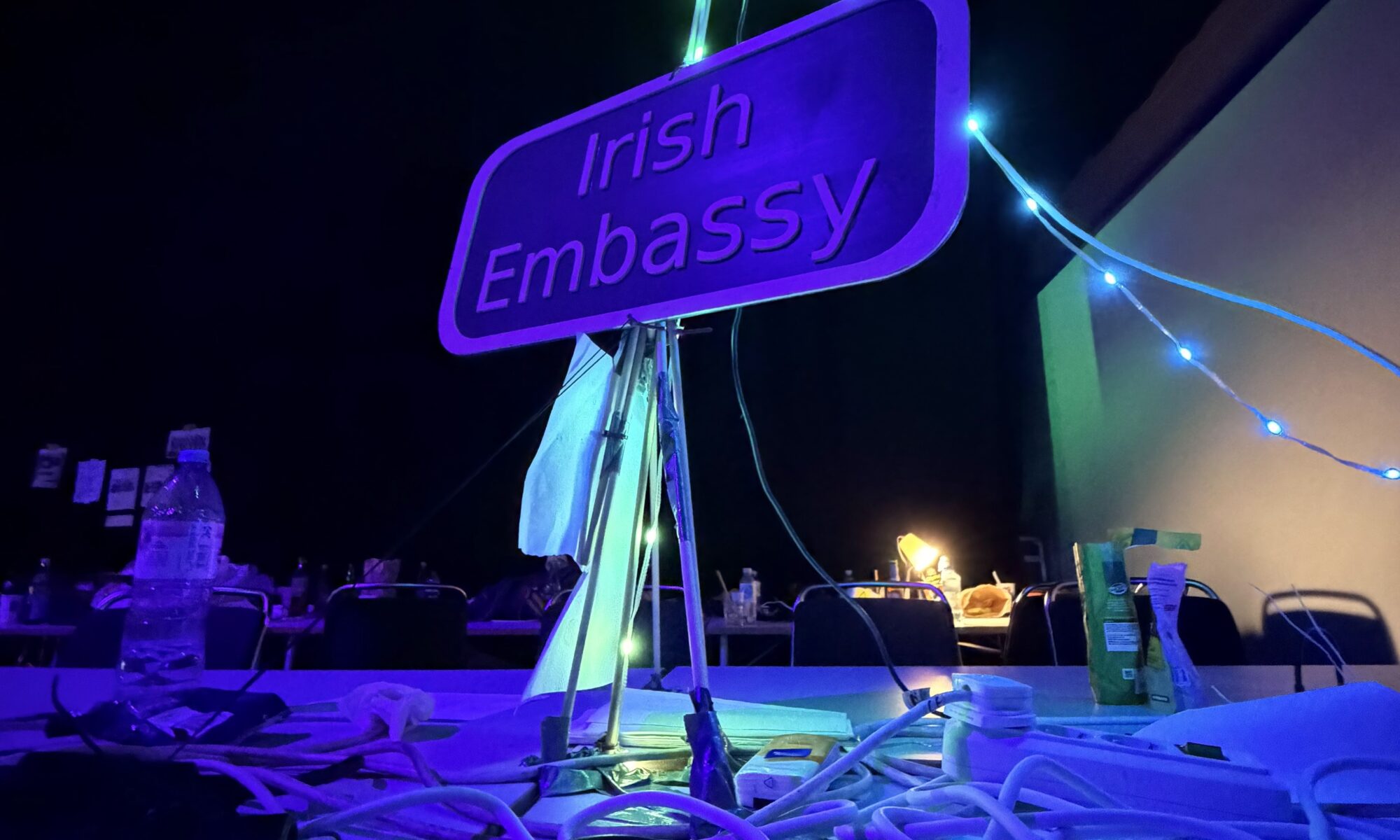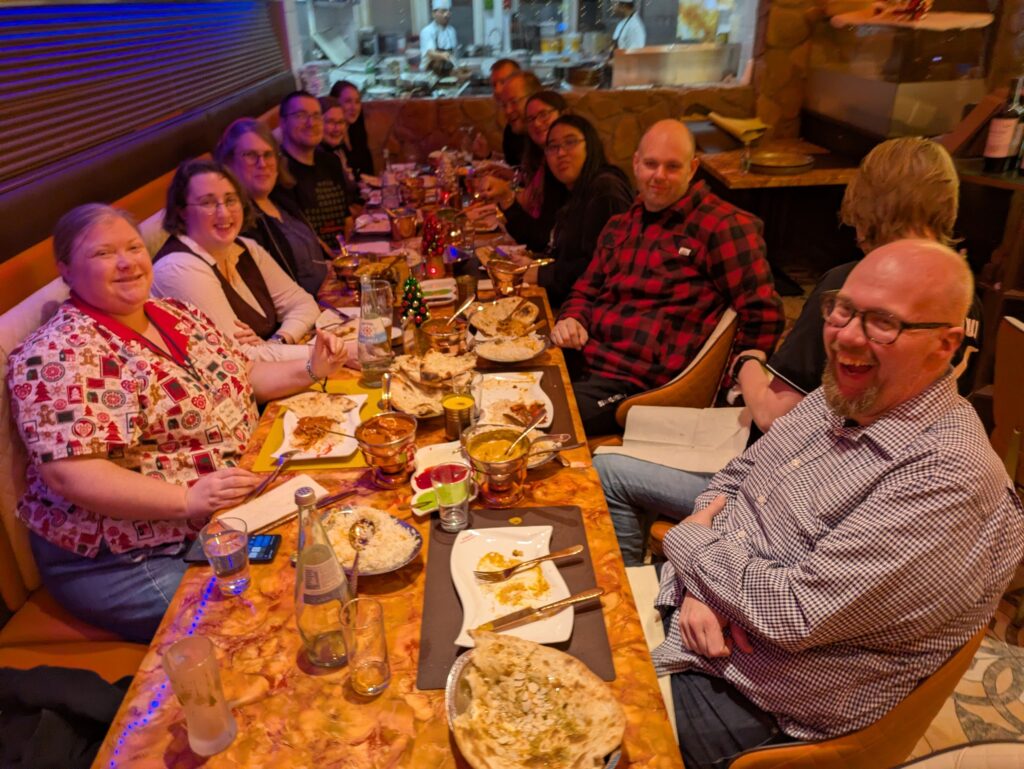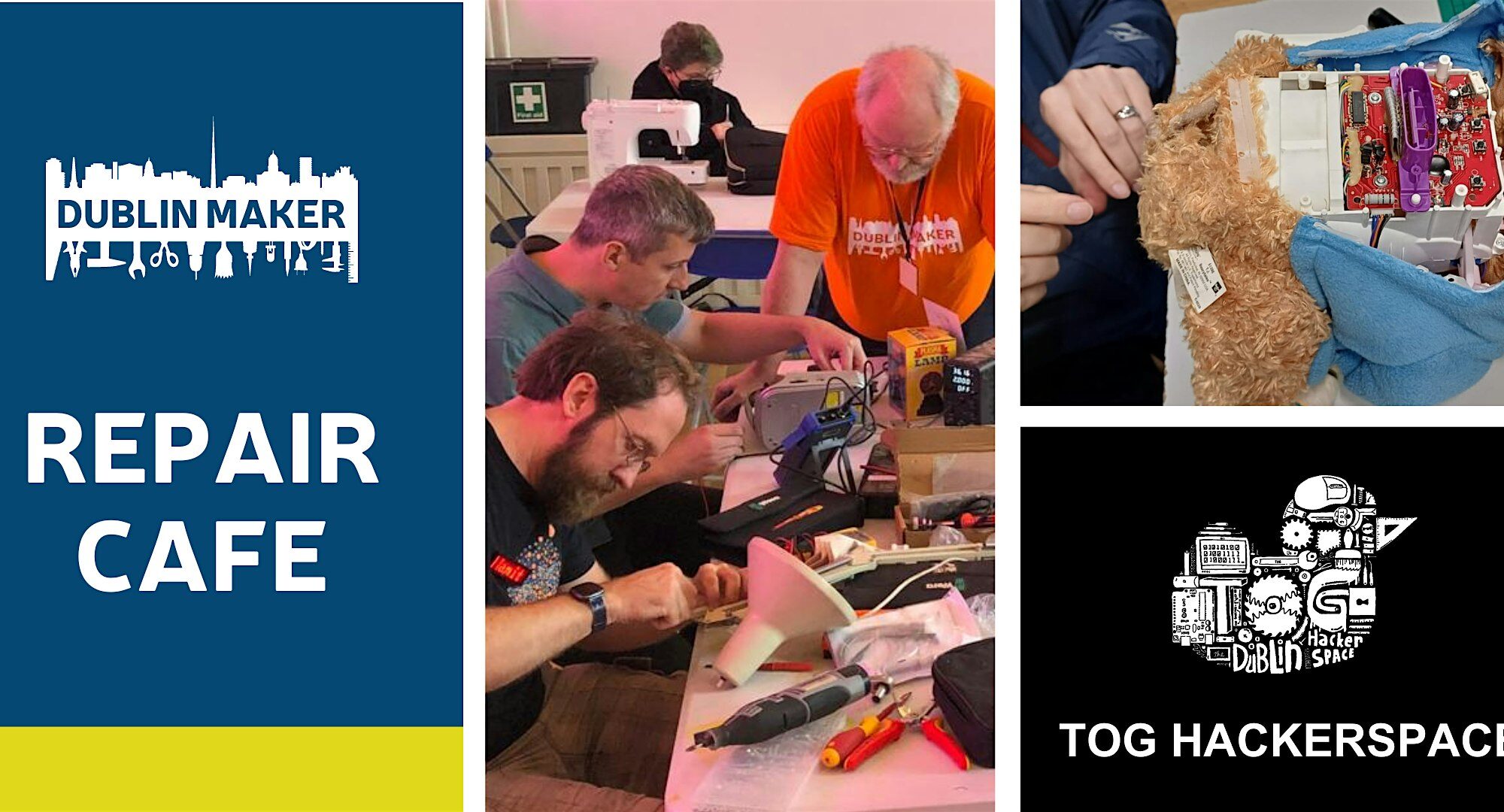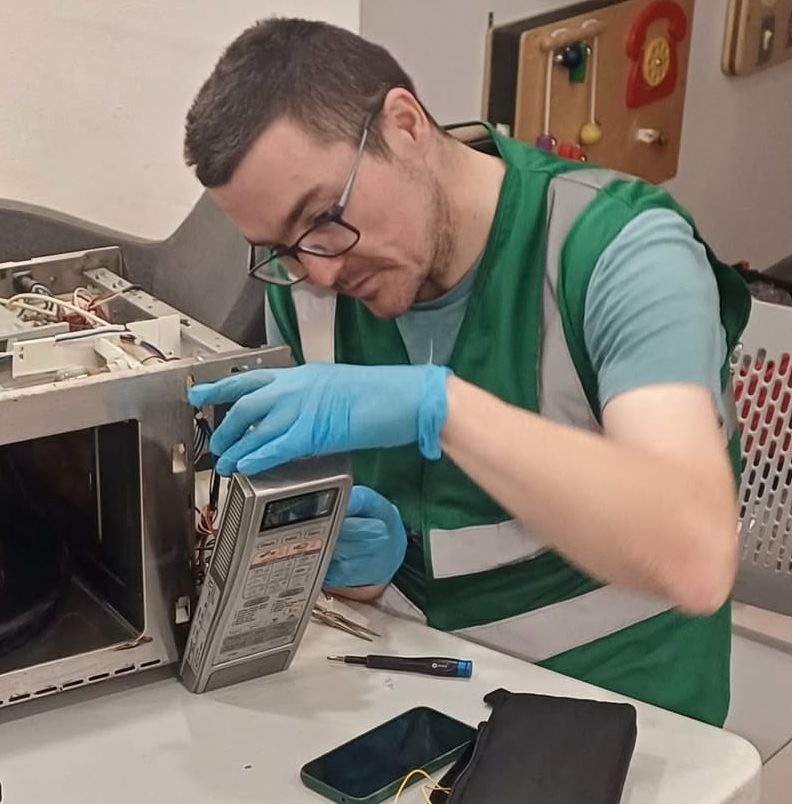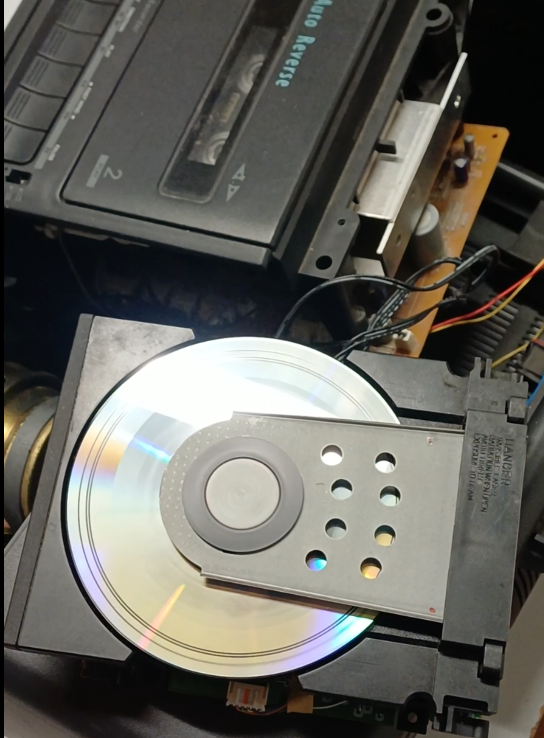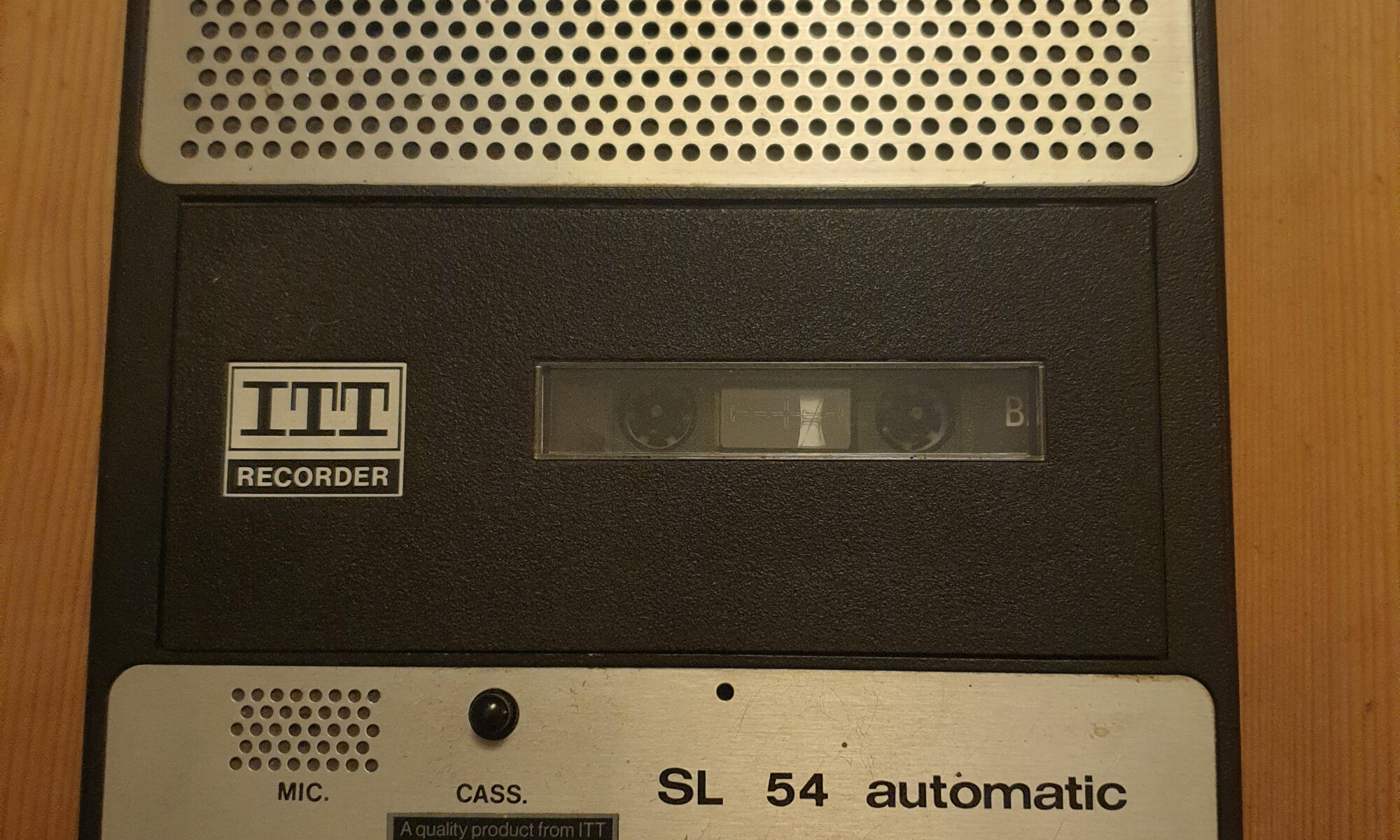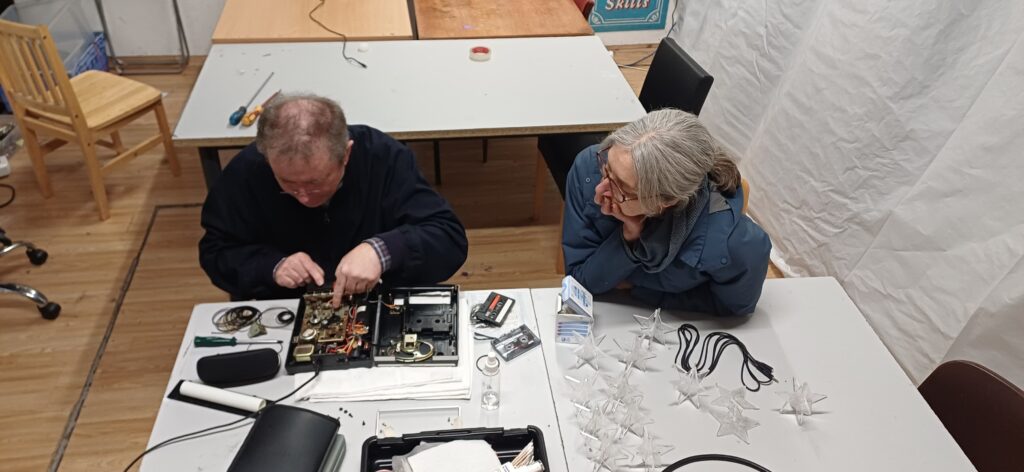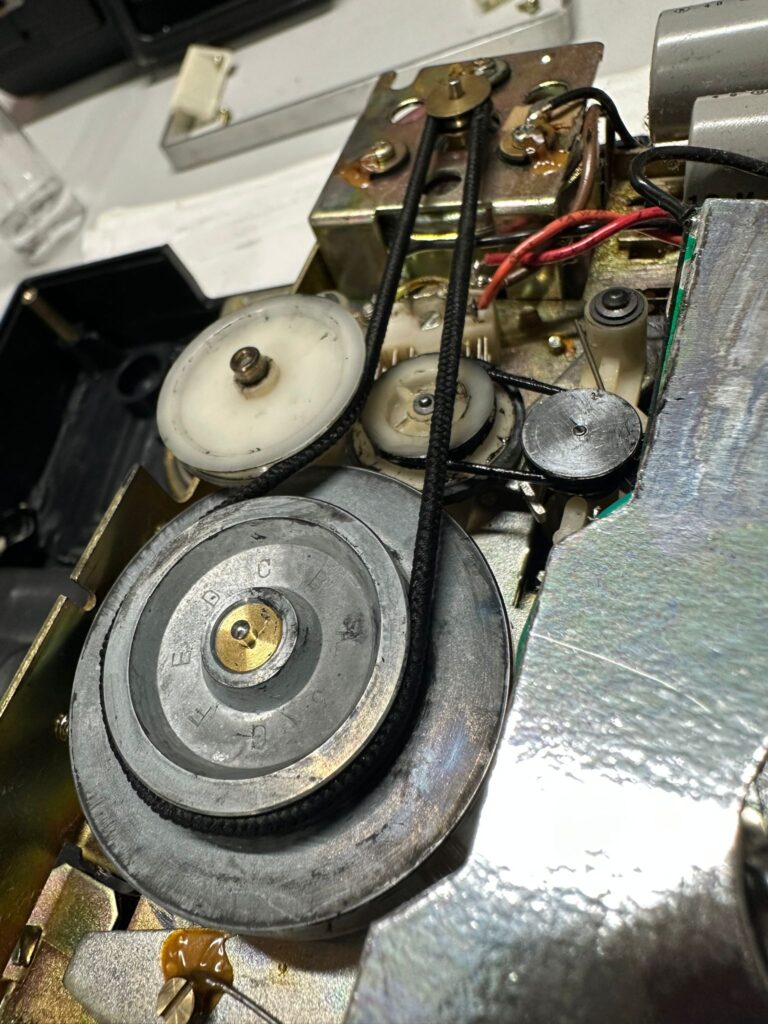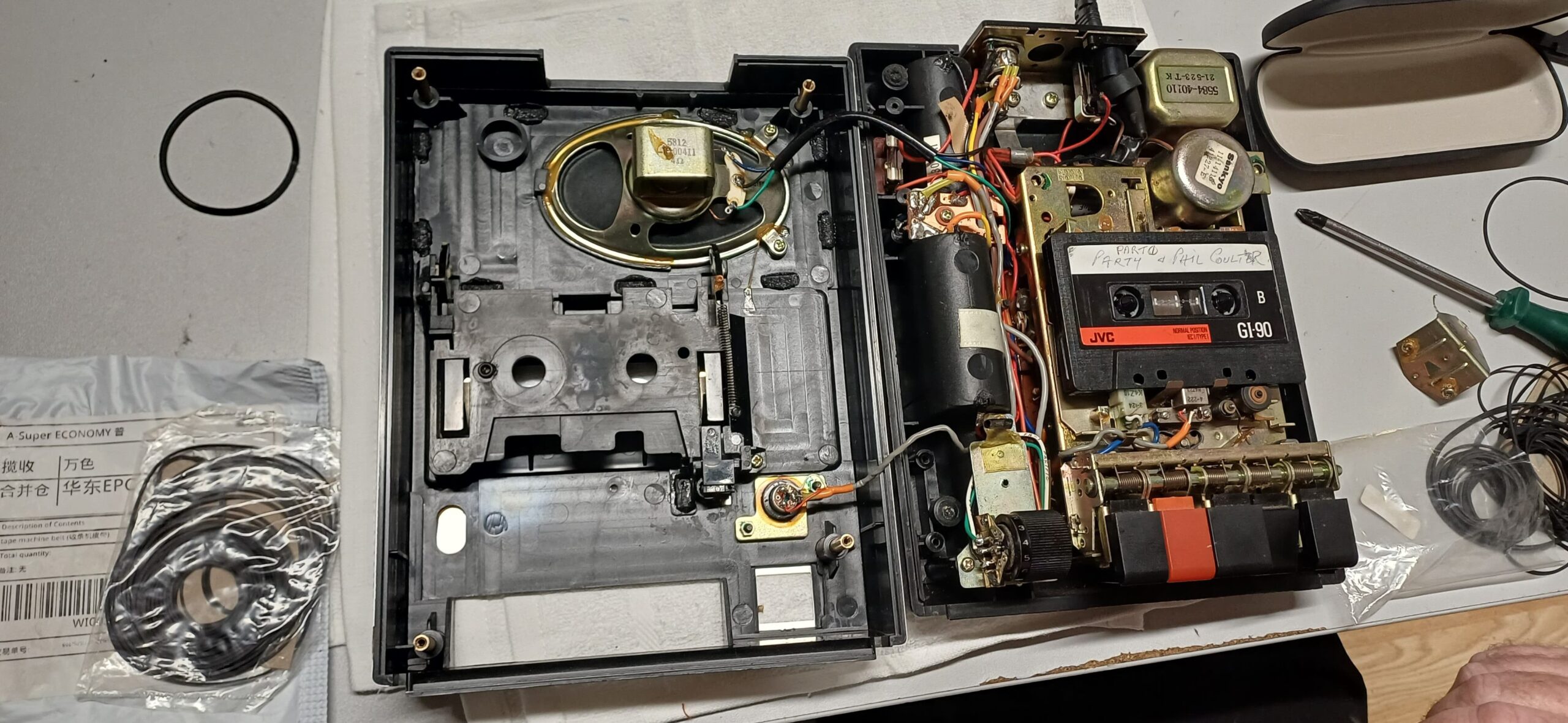Having recently fixed the Philips boombox CD player, we decided to review the battery compartment mod, done at least 20 years ago, and still working.
The original idea was to fill the battery compartment with 8x rechargeable D cells and arrange that they would be constantly trickle-charged while the mains lead was plugged in. The battery compartment’s positive terminal was connected via a current-limiting resistor to the power supply section of the PCB. This trickle charges the cells at about 10mA. This is enough to charge them up over a few days, but not enough to cook them.
Good quality branded rechargeable D-cells are relatively expensive…. about €10 a pop for a ~10Ah cell, so it’s about €80 to fill the battery compartment. Given that the thing is not used that often on battery, this was a bit much. So instead, 8x AA cells were used in holders, and soldered to the existing connections in the battery compartment. The cells were NiMH made by GP and rated at 1.2V, 1500mAHr. This mod was done, we guess sometime around 2000.
So today, ~25 years later, new cells were fitted and we measured the capacity of the original cells. Discharging at 200mA to a cutoff voltage of 0.9V, the original cells tested at 599mAHr…. about 40% of their original nameplate capacity. The new cells fitted are from Lidl and are rated at 2500mAHr.
